[
Flip through photos of each of the 16 head coaches in Broncos history.
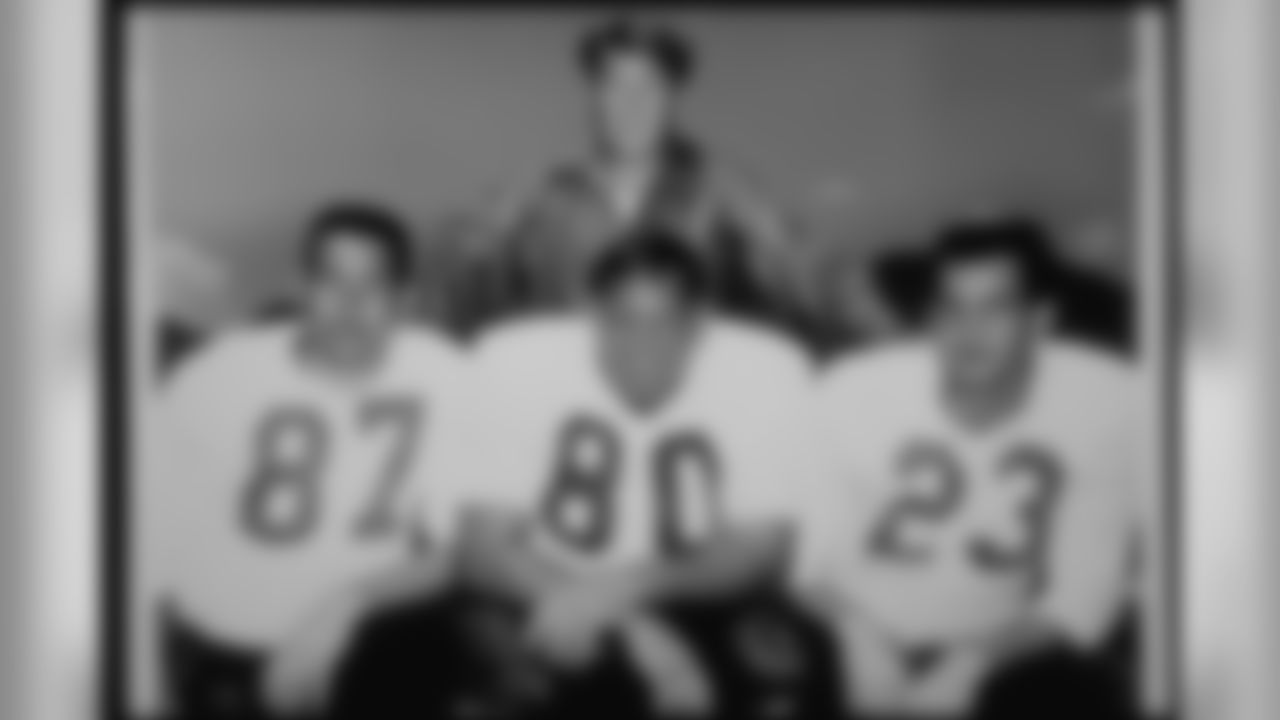
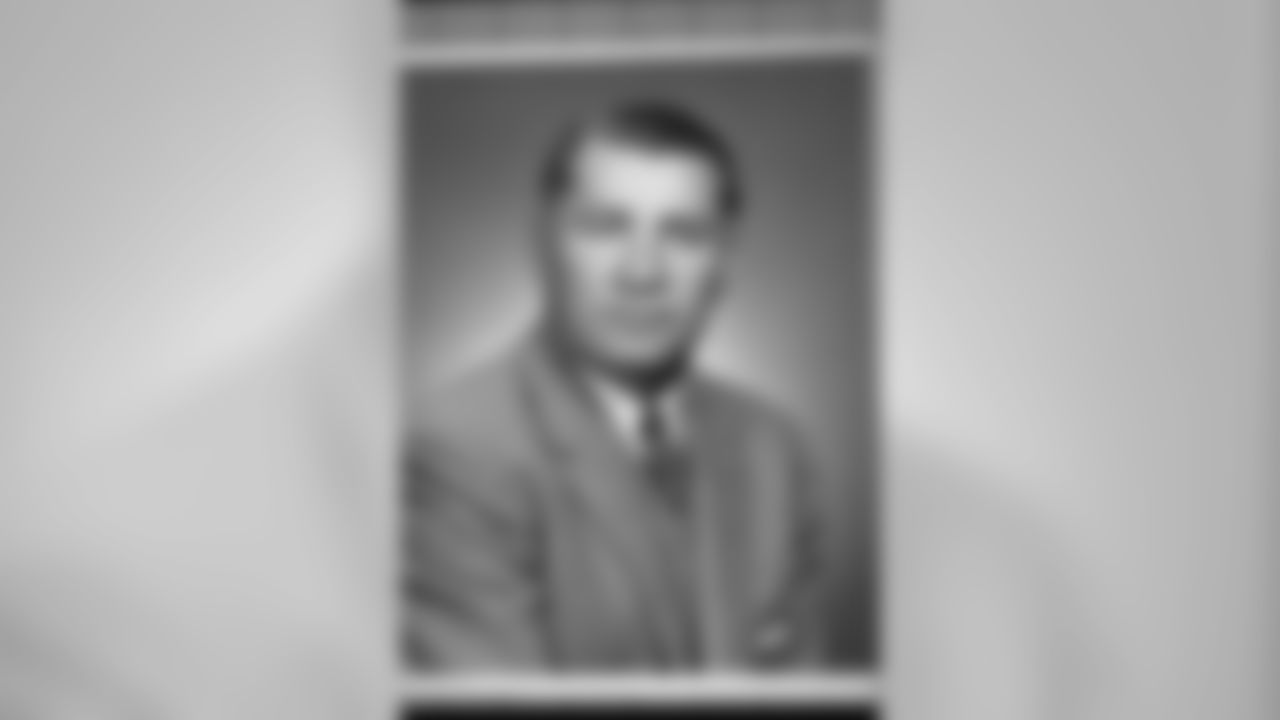

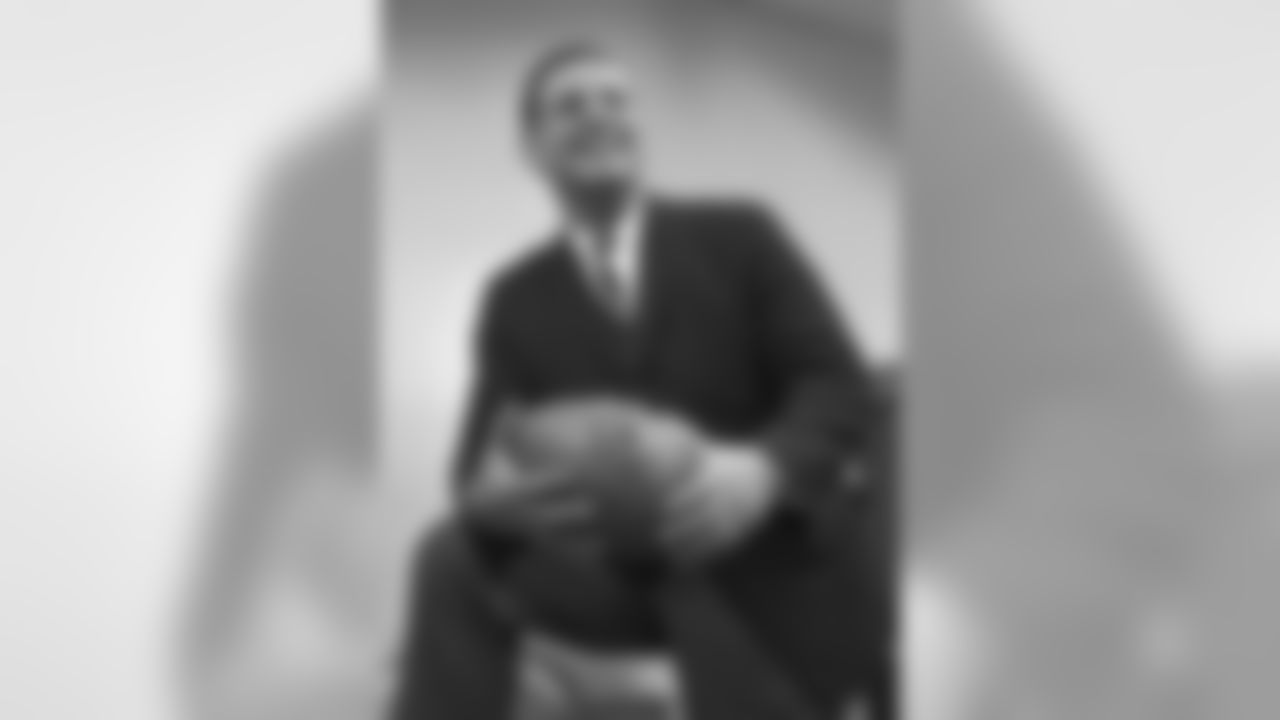
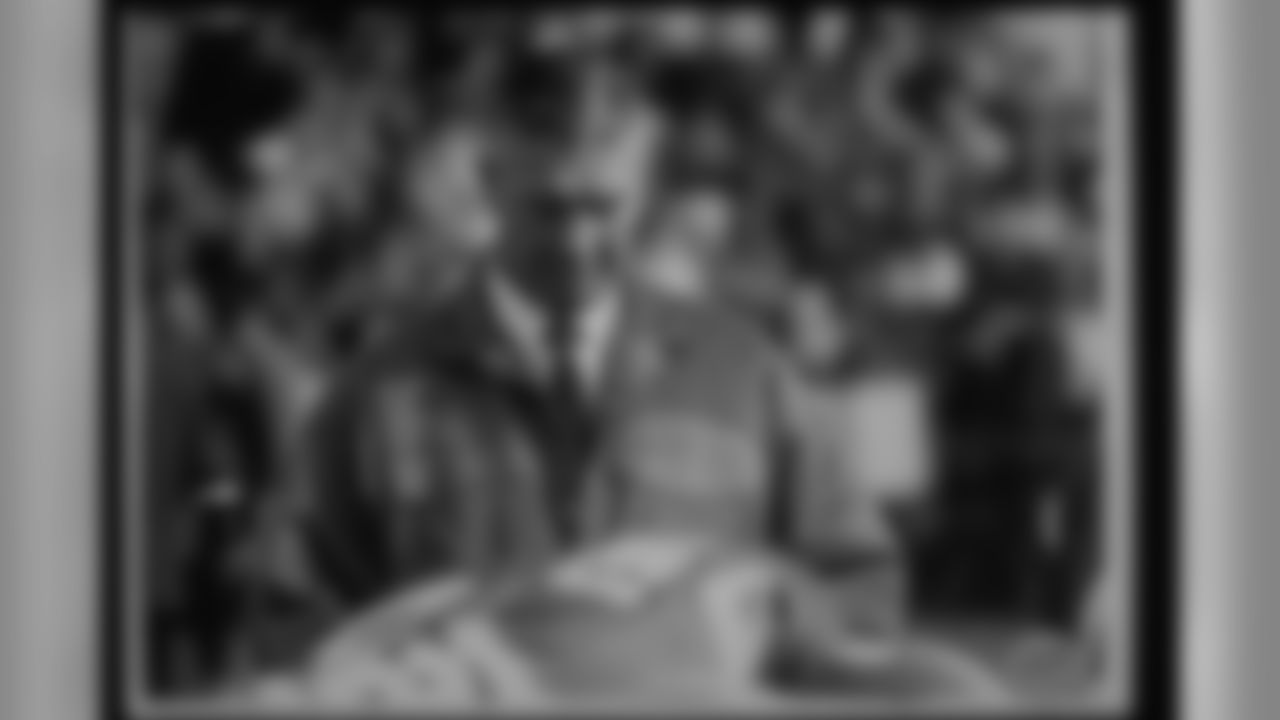

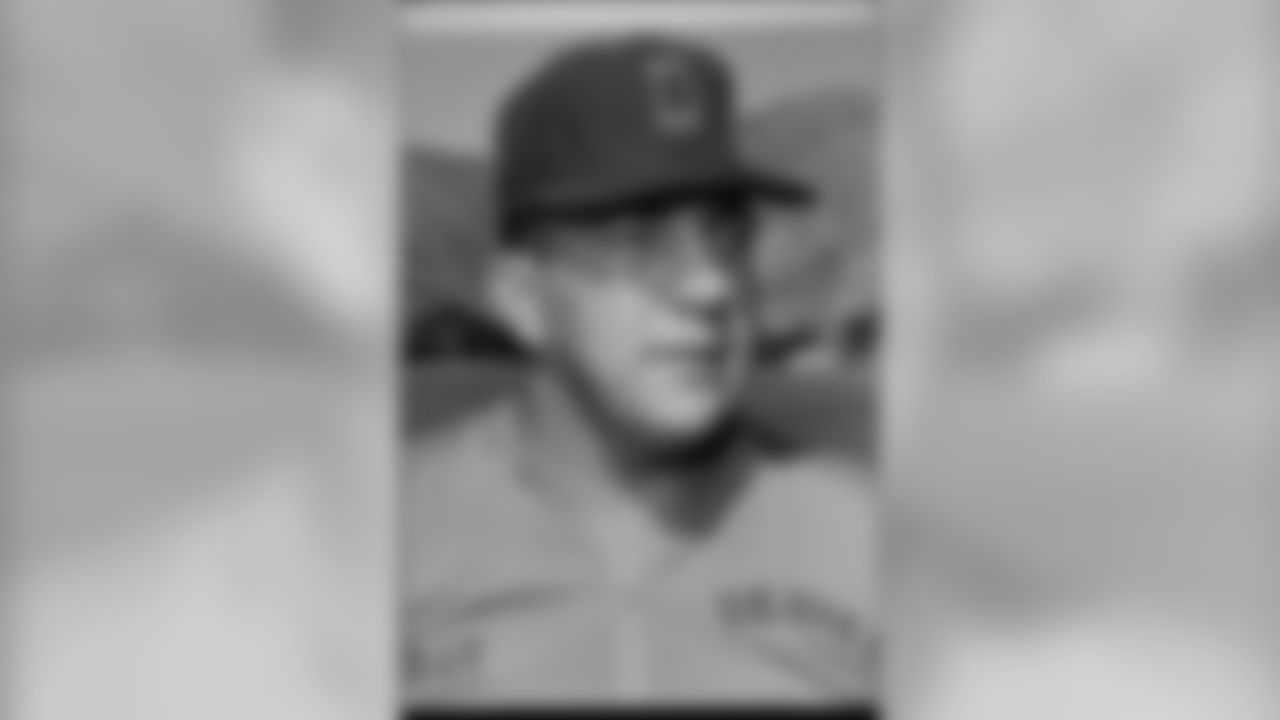
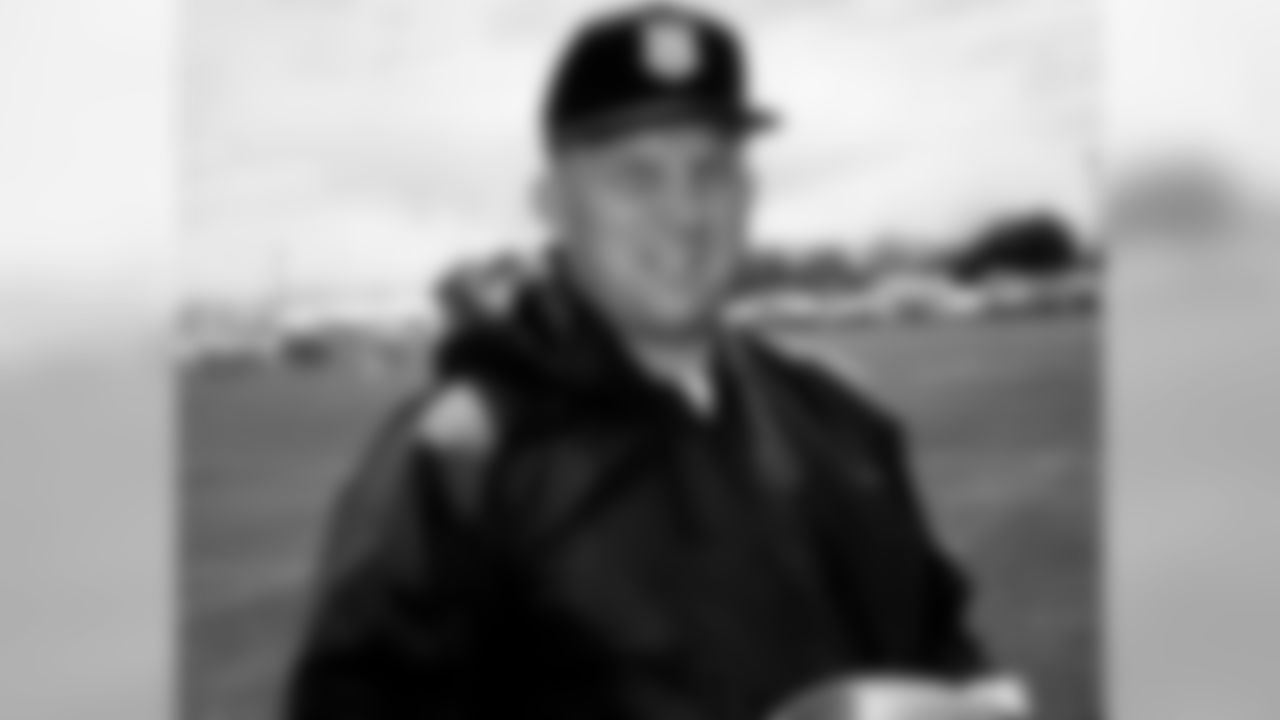
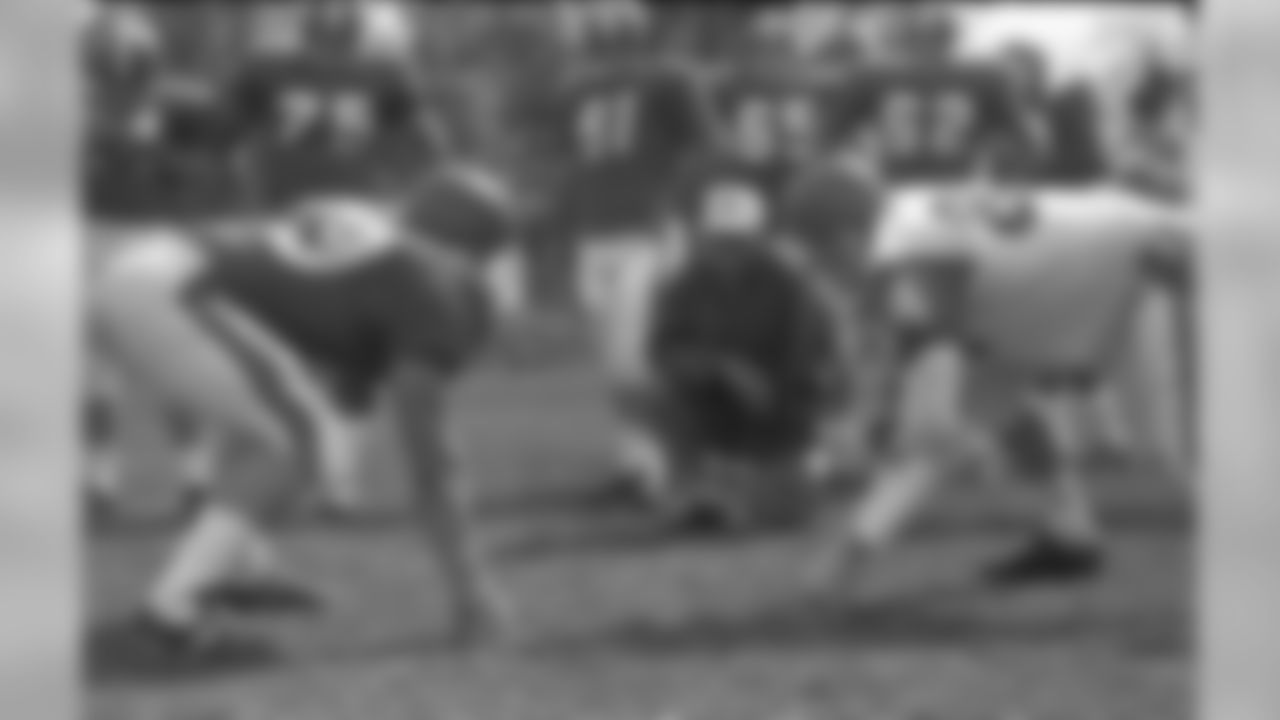


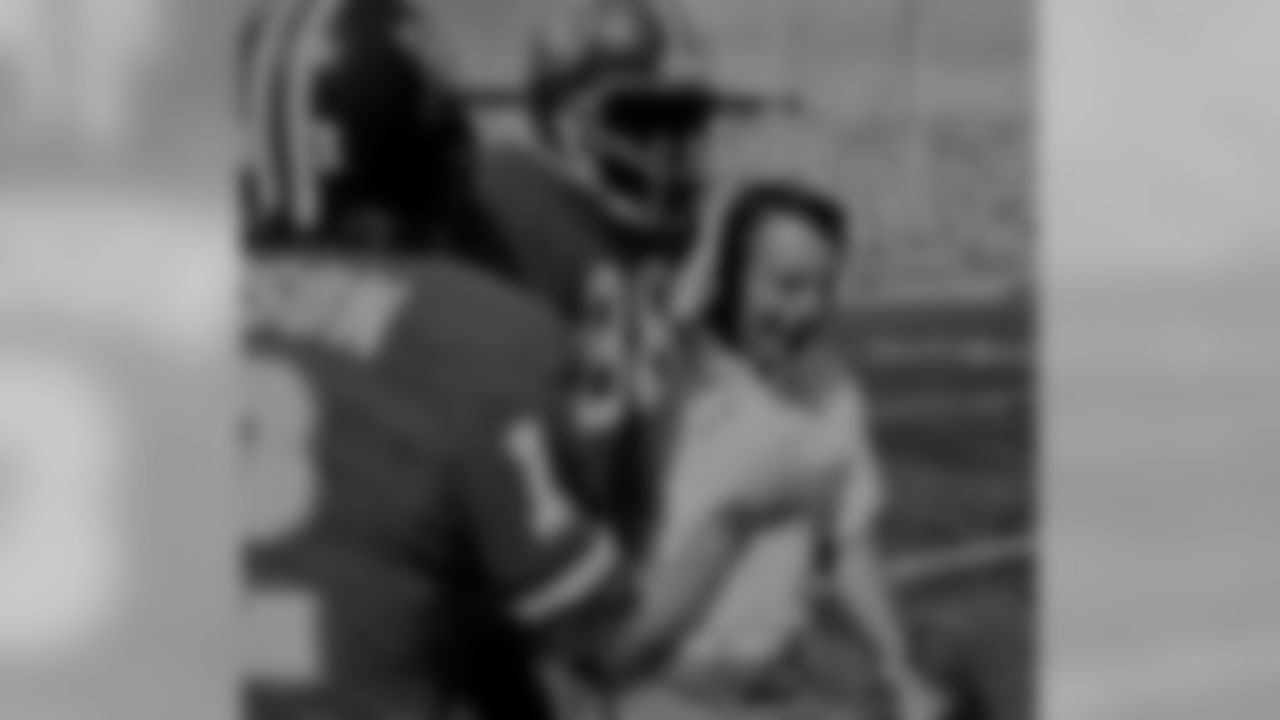


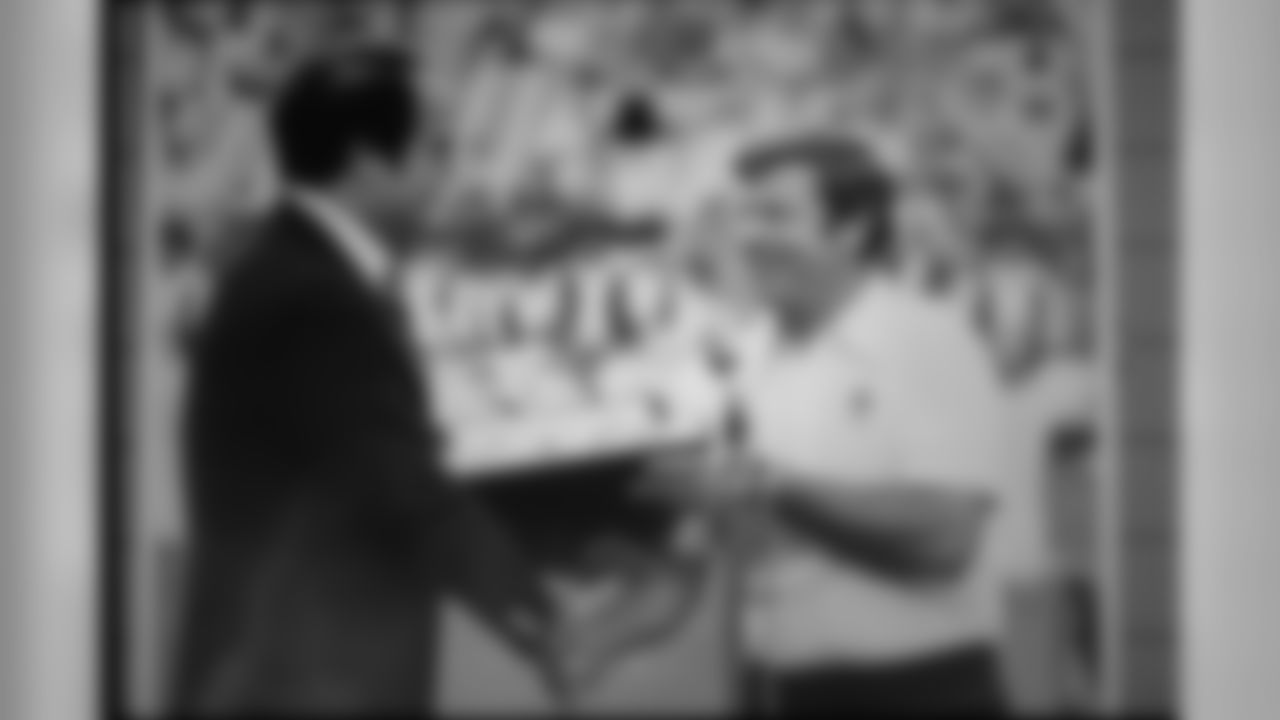
Miller accepts the 1977 Coach of the Year award.



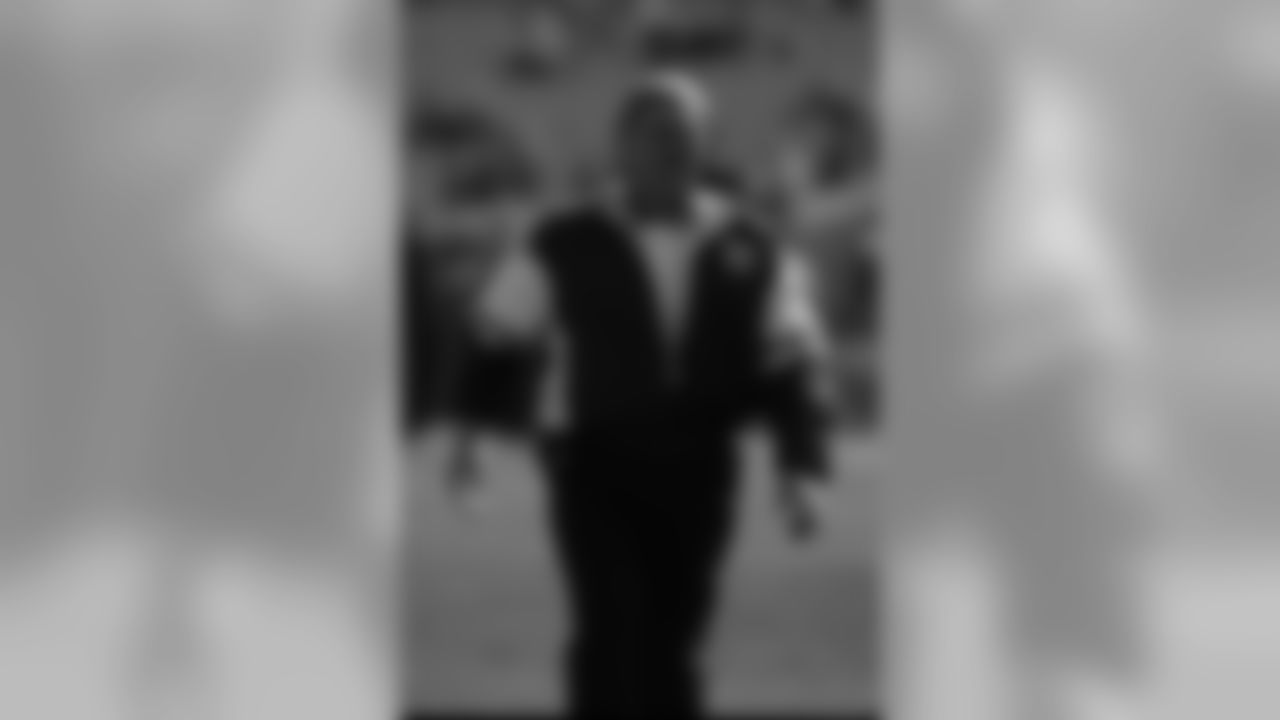
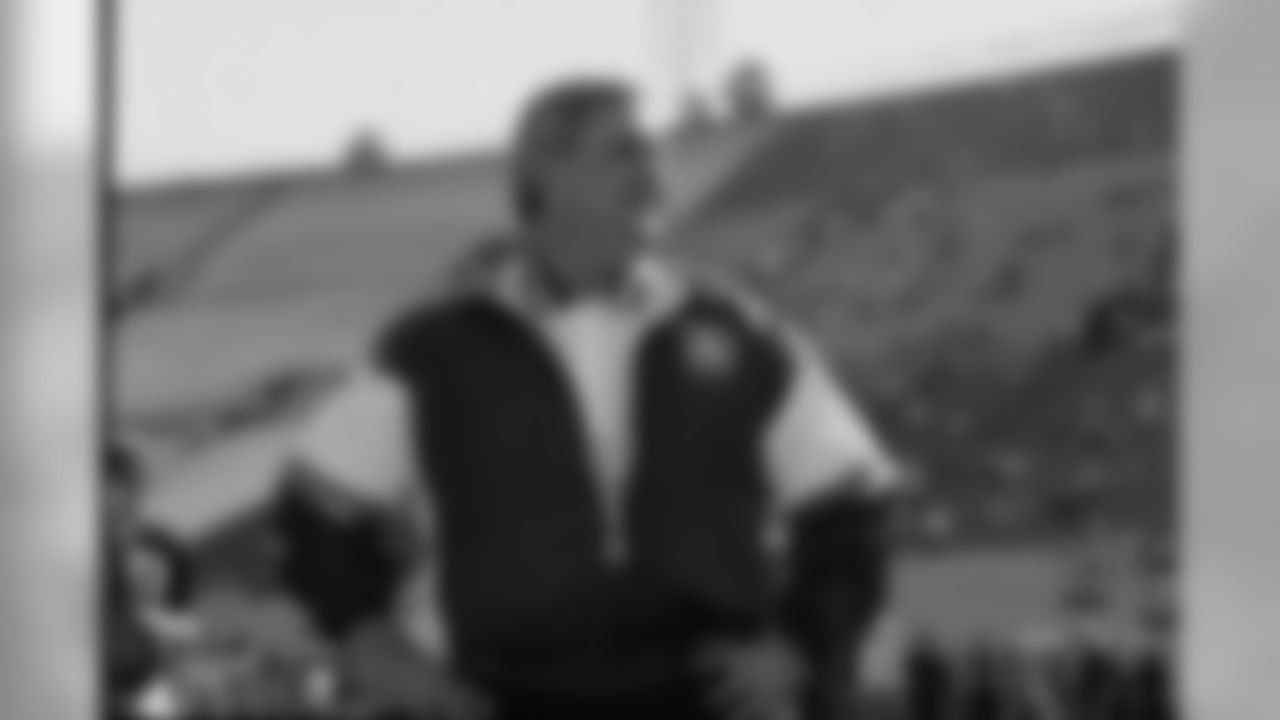
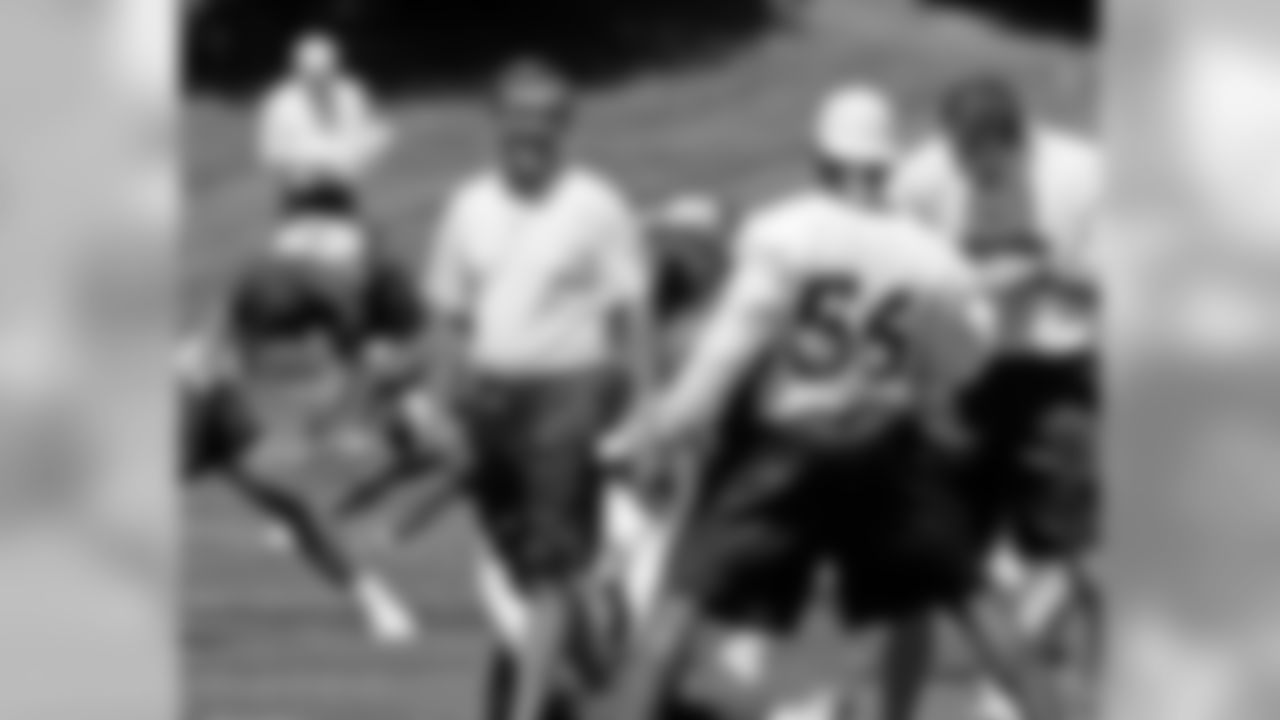
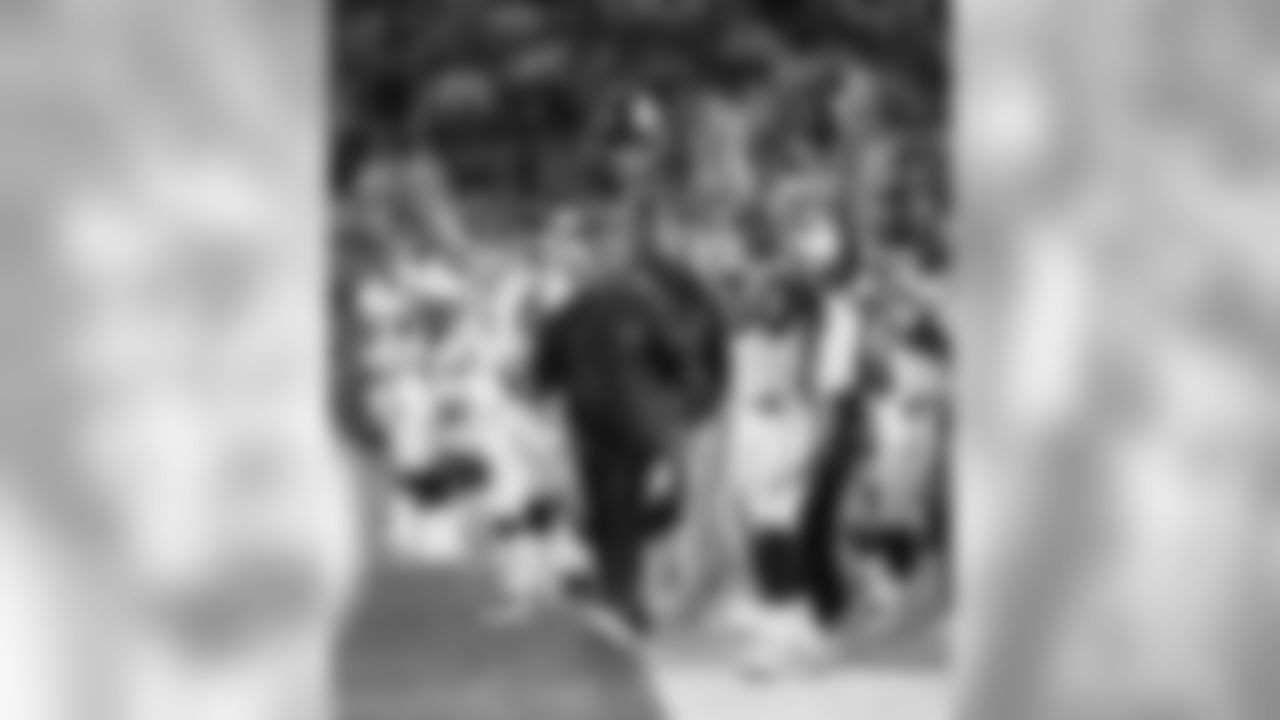
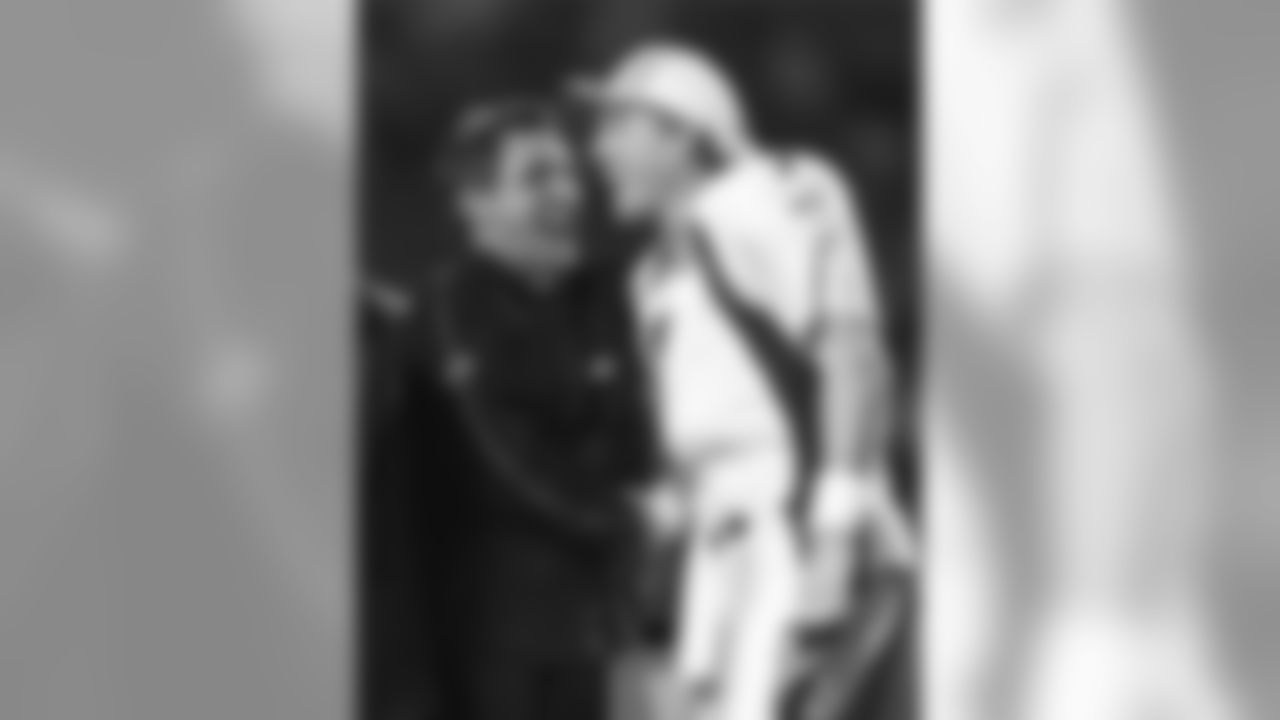



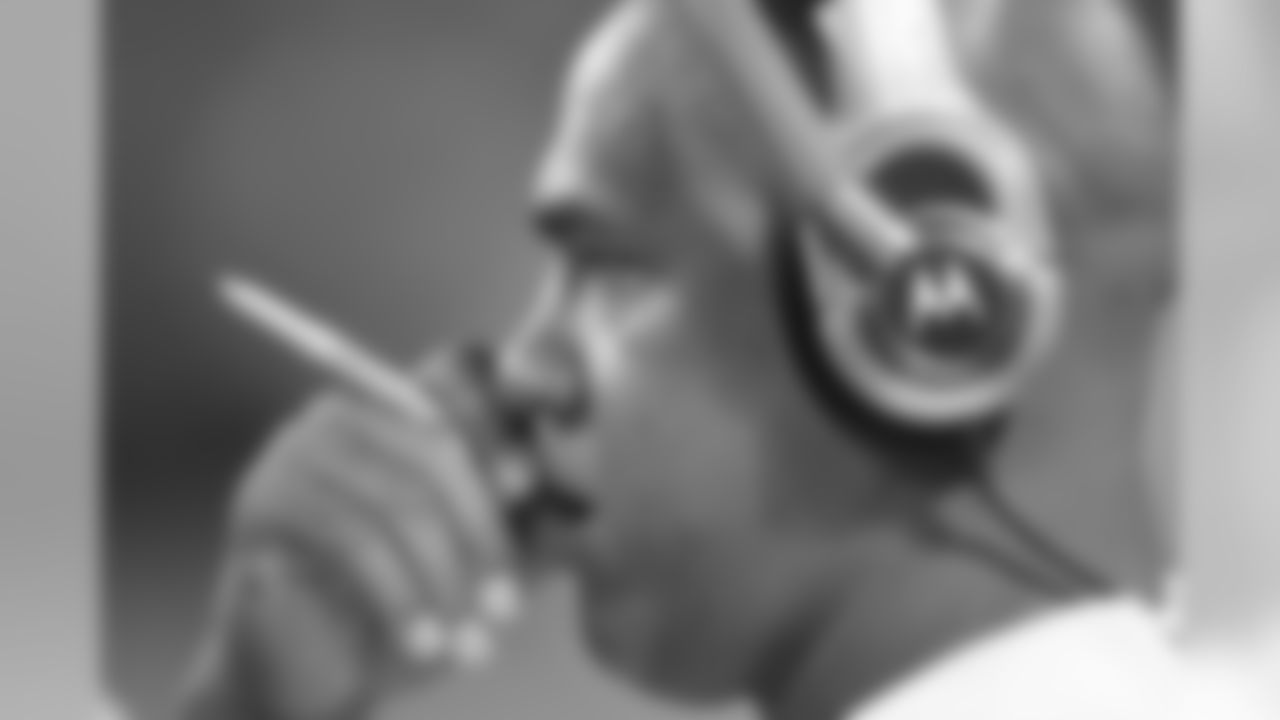



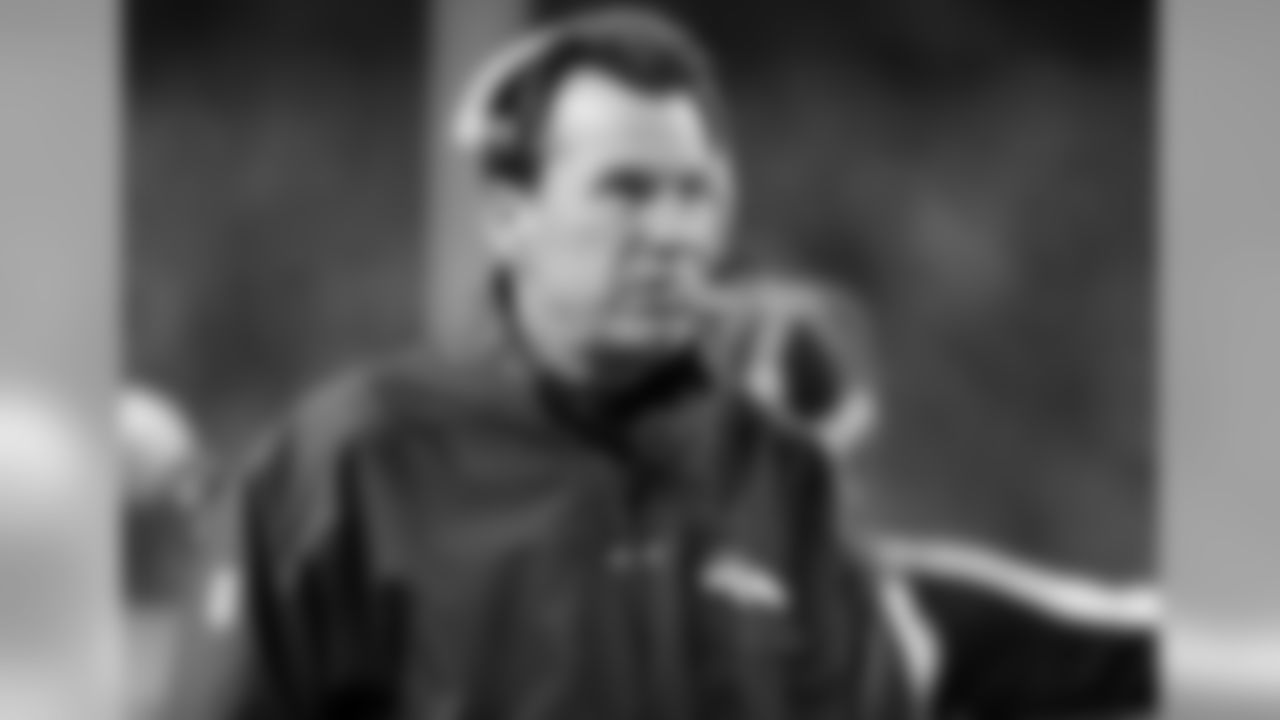

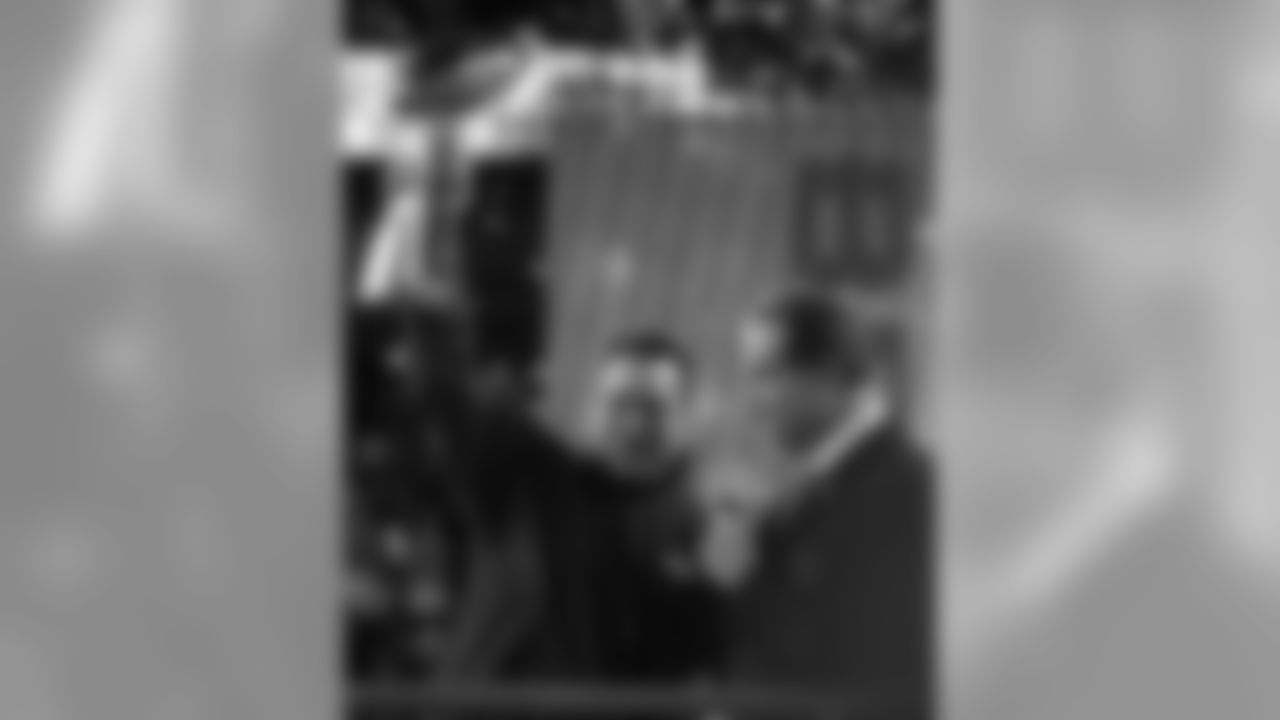
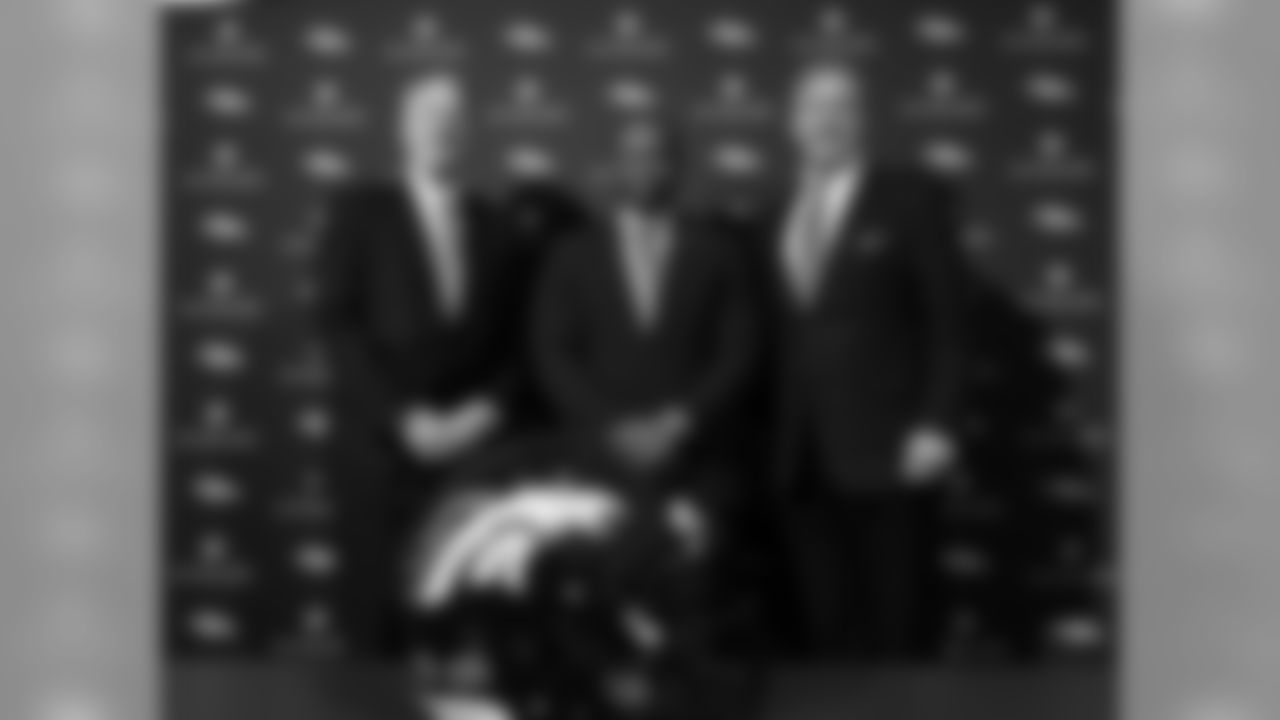
In our last column](http://www.denverbroncos.com/news-and-blogs/article-1/Sacco-Sez-Its-all-about-the-coaching-search/a12e608d-5034-4efc-a1d3-e73a0ee3dbdd), we looked at the Broncos' head coaches through 1971, when Lou Saban resigned and Jerry Smith handled the team as interim head coach for the remainder of the season.
Saban had established a foundation, with new team headquarters and record season ticket sales of over 43,000 in 1970, but this was just setting the stage for what was to come.
The next two head-coaching hires firmly established the winning tradition that continues to this day and ranks among the best in pro football.

Then-Broncos owners Gerry and Allan Phipps reached out to the college level in 1972, hiring John Ralston away from Stanford University. J.R., as he was and is known to so many, had just won back-to-back Rose Bowls with Stanford.
He was a graduate of the Dale Carnegie school of positive thinking, a very enthusiastic, rah-rah guy who would often state the team's goal was "to go to and win the Super Bowl."
It never happened when J.R. was here, but in 1973, his Broncos took an incremental and vital step toward that goal. Denver defeated San Diego, 42-18, to guarantee the first winning season in Denver pro football history. It might not seem like much now, but before that season, the Broncos were dogged by 13 consecutive seasons at .500 or worse. The current tradition of winning and success began with this momentous step.
The following year in 1974, the Broncos strung together their second winning season, and the sellout streak was well under way. That run begun with the first game of the 1970 campaign, and with it, interest in and the expectations of the Broncos rose at a crazy rate.
J.R. was also a brilliant talent evaluator. His first-round draft choices included Otis Armstrong, Louis Wright, Randy Gradishar and Riley Odoms, and his 1973 draft is regarded as the most impactful draft of Denver's first two decades.
But from the very start, players had regarded J.R. as a "college guy," and players muttered in private that he was more of a cheerleader on the sidelines than a play-calling head coach.
I have always felt that his departure is one of the most interesting coaching sagas in Broncos history.
It started in Houston on Oct. 10, 1976, when the Broncos dropped a 17-3 contest to the Oilers.
The offensive coordinator was Max Coley, who called all the plays, but Max got sick in Houston the night before the game and had to spend game day in a local hospital.
The Denver sidelines and play calling seemed chaotic that day, as if no one was in charge or knew what to do. This game irritated many players, and by the end of the season, an internal revolt was underway.
Defensive end Lyle Alzado was out for the season with a knee injury and was my partner on a daily radio show, so we naturally talked a lot. Lyle told me there was going to be a press announcement by a number of players — no one truly knows for sure, but it certainly was at least a dozen and Lyle claimed the figure to be at least 30.
At that press session, the players were to express their feelings that Ralston had to go, that they felt they could never win a championship with him.
The press session happened, but not as expected.
Owner Gerry Phipps and assistant general manager Fred Gehrke, Ralston's assistant, went to the hotel and intercepted the players. We do not know what was said, but the announcement turned out to be a solitary statement read by team captain Billy Thompson, expressing complete support for Gehrke in building the team to a championship level — but Ralston's name was not mentioned.
Phipps could see there was dissatisfaction, however, and he had begun to feel that Ralston had too much on his plate anyway.
So Gerry gave John a choice: He could be general manager, or head coach, but not both. J.R. said he wanted to coach, so Gehrke was named general manager. In essense, J.R.'s assistant was now his boss.
While it looked like the "revolt" had been quelled, Lyle told me one morning that Fred was calling all the players in, one by one, to establish relationships and get their take on the team. According to Lyle, while everyone was extremely polite, it was becoming obvious to Fred that support for J.R. was waning.
Fred Gehrke confirmed this to me when I joined the team two years later.
It was billed as a resignation, but the end result was that John Ralston moved on, not able to turn the corner but having brought a wealth of talent to the team.
And because we always trust the most those whom we know the best, Fred Gehrke turned to Patriots assistant coach Red Miller. The two men had been together in Denver years earlier, Gehrke as a personnel man and Red as an offensive line coach.
It was absolutely the right men for the right team at the right time. Gehrke engineered trades for quarterback Craig Morton and safety Bernard Jackson, and with Miller guiding them, the Broncos were reborn as championship contenders.
In 1977, they went 12-2 and had the team's first playoff berth, first AFC West title and first Super Bowl appearance.
The fans went crazy, in a really good way. The team was dubbed by the media as the "Orange Crush," especially the dominant defense, and everything turned orange. Houses were painted orange. So were toilet seats, as one television news feature showed. One citizen could not sell his car, so he painted it orange and it sold immediately.
Broncomania was not new in Denver, but it reached epic levels under Red Miller and Fred Gehrke.
Fred carried an orange sharpie for his signature, while Red preferred a red one, for obvious reasons.
Fred and Red remained together as coach and GM until the Phipps brothers sold the team in 1981 and new ownership took over.
But the 1980s and onward have been aligned more with a different Broncos era, and readers are well aware of the heights that Broncos football would reach.













